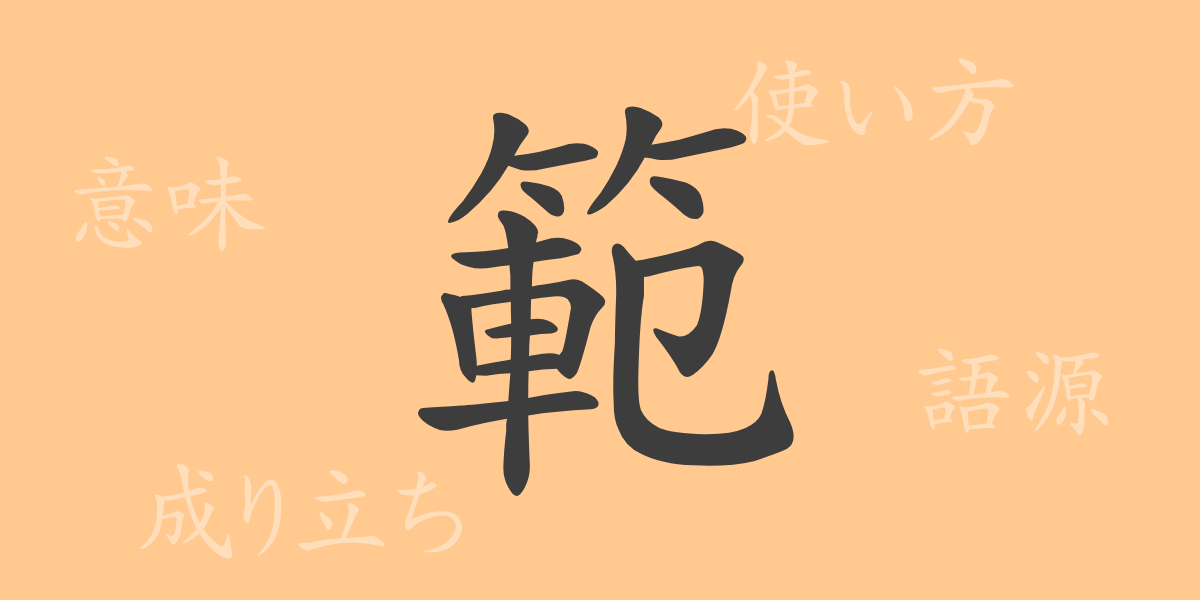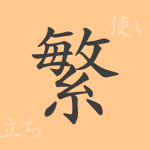Japanese Kanji characters carry profound meanings in their shapes and sounds, symbolizing the richness of Japanese culture and language. The 常用漢字(jouyou kanji) “範(han)” is no exception. In this article, we delve into the origins, modern usage, and even idioms and proverbs containing the Kanji “範(han).” By exploring the history and knowledge behind “範(han),” let’s deepen our understanding of the Japanese language.
The Origin of 範(han)
The Kanji “範(han)” has its origins in ancient China. Originally, it referred to a mold used in casting, serving as a standard or norm for pouring metal. From this meaning of a standard or norm indicated by the mold, it evolved to mean a model or example. Over time, it was transmitted to Japan and came to be used in the Japanese language with similar meanings.
The Meaning and Usage of 範(han)
The primary meanings of “範(han)” are “model” and “norm.” It refers to objects or actions that should serve as standards or models, especially in moral or ethical contexts. Additionally, it is used to denote rules or standards that serve as criteria for actions or judgments, such as laws or regulations.
Reading, Stroke Count, and Radical of 範(han)
The Kanji “範(han)” has specific readings and structure.
- Reading: The on’yomi (音読み) is “ハン(han),” and there is no particular kun’yomi (訓読み).
- Stroke Count: It has a total of 15 strokes.
- Radical: The radical is “⺮(takekanmuri),” which means bamboo crown.
Idioms, Proverbs, and Phrases Containing 範(han) and Their Meanings
Idioms, proverbs, and phrases containing “範(han)” play an important role in the Japanese language. Here are a few examples:
- 模範(mohan): A good example to be emulated.
- 範囲(han’i): A word indicating a certain limit or area.
- 規範(kihan): Rules or standards serving as criteria for actions or judgments.
- 範疇(hanchuu): The range of classification or categorization.
- 範馬刃牙(hanma baki): A character from the popular manga series “Grappler Baki,” considered a model of strength.
Summary of 範(han)
The Kanji “範(han)” represents the important concept of standards or models, as indicated by its shape. Words containing “範(han)” in Japanese often serve as guides for actions or thoughts, and their usage spans various aspects of daily life. By understanding this single Kanji, one can touch upon the deeper meanings and cultural backgrounds of the Japanese language. Through this exploration, we have re-recognized the history and value behind words, allowing us to appreciate the beauty and complexity of Japanese even more deeply.

























